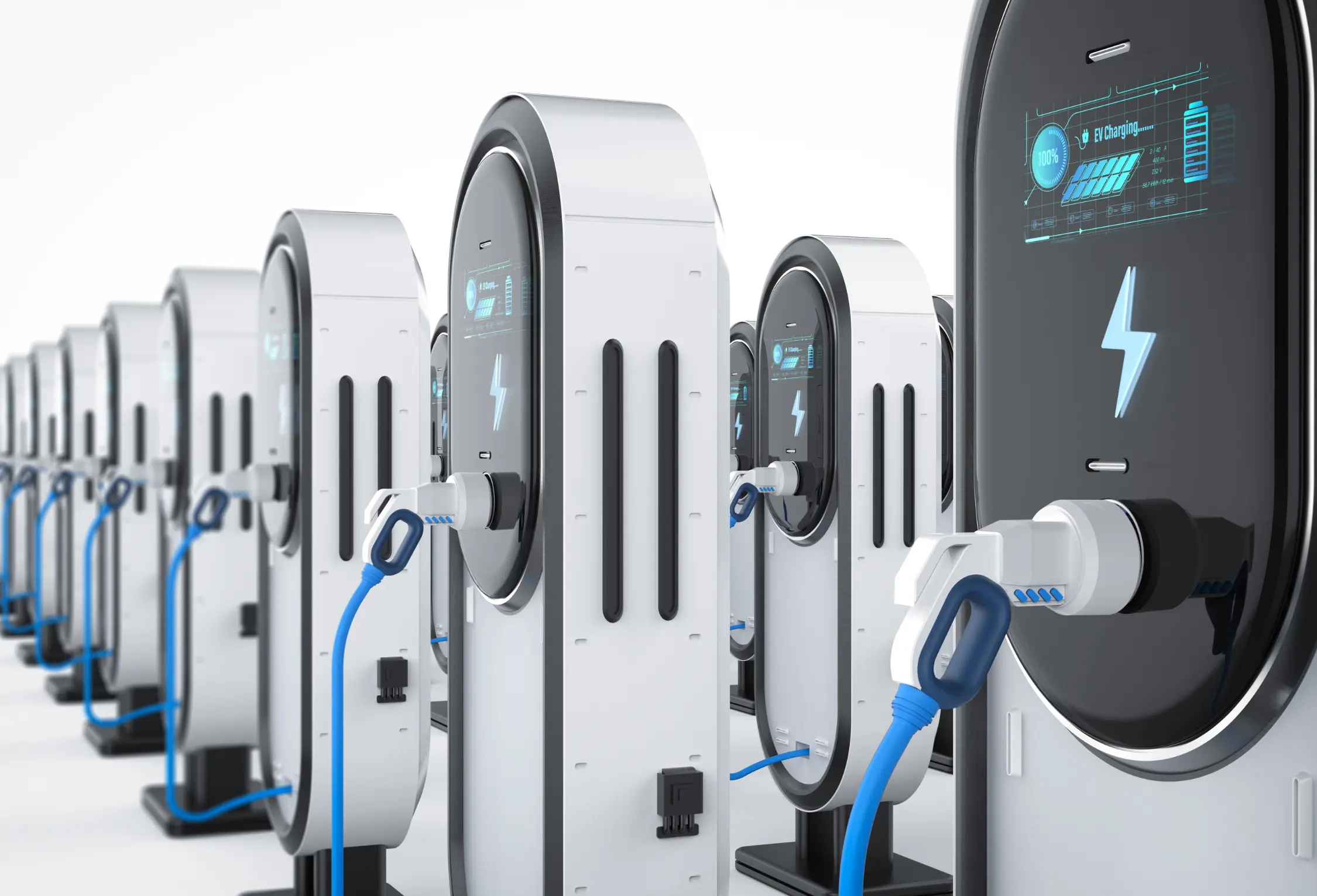New EV Charging Tech in 2024: Revolutionizing Electric Car Range
The electric vehicle (EV) industry is on the cusp of a significant transformation, with 2024 set to introduce groundbreaking innovations in EV charging technology. According to BloombergNEF, global EV sales are expected to hit 14 million units in 2023, highlighting the urgent need for faster and more efficient charging solutions. As we step into 2024, the spotlight is on new EV charging tech that’s set to revolutionize electric car range, offering drivers unprecedented convenience and efficiency. In this article, we’ll explore these cutting-edge advancements and what they mean for the future of sustainable transportation.
The Rise of Ultrachargers: Speed Meets Efficiency
What Are Ultrachargers?
Ultrachargers represent the next frontier in EV charging technology. These high-powered charging stations can deliver up to 350 kW of power, allowing compatible vehicles to gain up to 300 miles of range in just 20 minutes. This is a significant leap from the current fast chargers, which typically offer 50 kW to 150 kW. As EV enthusiasts know, charging speed is crucial for long-distance travel and overall user convenience.
- Benefits of Ultrachargers:
- Reduced Charging Time: Dramatically decreases the time spent at charging stations.
- Convenience: Makes long-distance travel more feasible and less stressful.
- Improved Accessibility: Encourages more widespread adoption of EVs.
Key Players and Developments
Industry leaders like Tesla, Electrify America, and Ionity are racing to deploy ultrachargers across Europe and North America. Tesla’s V4 Superchargers are set to roll out in 2024, promising higher efficiency and faster charging times. Meanwhile, Ionity is expanding its network of high-power stations across major highways, ensuring that EV drivers can travel seamlessly across continents.
Wireless Charging: The Future is Cordless
How Does Wireless Charging Work?
Wireless charging, or inductive charging, is another revolutionary technology gaining traction in 2024. This system employs electromagnetic fields to transfer energy between a charging pad on the ground and a receiver in the vehicle. This technology eliminates the need for cumbersome cables, making the charging process as simple as parking your car.
- Advantages of Wireless Charging:
- Ease of Use: No more plugging in; just park and charge.
- Enhanced Safety: Reduces hazards associated with physical connectors.
- Durability: Less wear and tear on charging ports and cables.
Real-World Applications
Companies like WiTricity and Plugless Power are leading the charge in wireless technology. In 2024, we expect to see pilot projects in urban centers, allowing EV drivers to experience the convenience of hands-free charging. Furthermore, car manufacturers such as BMW and Mercedes-Benz are integrating wireless charging capabilities into their latest models, setting a new standard for future EVs.
Bidirectional Charging: Power Your Home with Your Car
Understanding Bidirectional Charging
Bidirectional charging, or vehicle-to-grid (V2G) technology, enables EVs to discharge electricity back into the grid or a home. This innovation provides a dual benefit: it allows EV owners to use their cars as backup power sources during outages and contributes to grid stability during peak demand times.
- Key Benefits of Bidirectional Charging:
- Energy Independence: Provides a backup power source for homes.
- Cost Savings: Potential to earn money by selling excess energy back to the grid.
- Environmental Impact: Supports renewable energy integration and grid stability.
Leading Innovations
Nissan’s Leaf remains a pioneer in this domain, with its integrated V2G capabilities. However, newer models from Hyundai and Ford are also embracing this technology. In 2024, we anticipate a broader rollout of V2G-compatible vehicles, empowering EV owners to play an active role in energy management.
Choosing the Right EV: A Charging Guide for Beginners
Navigating the EV landscape can be daunting for newcomers, especially when considering charging options. Here’s a quick guide to help you choose the right EV and charging solution:
- Assess Your Driving Needs:
- Daily Commute: If your daily commute is short, a standard home charger may suffice.
- Long-Distance Travel: Consider vehicles compatible with ultrachargers or those offering extended range.
- Evaluate Charging Infrastructure:
- Home Charging: Check if you can install a Level 2 charger at home for overnight charging.
- Public Charging: Research the availability of fast chargers or ultrachargers on your frequent routes.
- Consider Future-Proof Features:
- Wireless Charging Compatibility: Opt for models with future-ready wireless charging options.
- Bidirectional Capabilities: Choose vehicles that offer V2G functionality for added energy flexibility.
Conclusion: The Road Ahead for EV Charging
As we look to 2024, the advancements in EV charging technology are not just incremental; they are transformative. With ultrachargers, wireless charging, and bidirectional capabilities, the future of electric mobility promises greater convenience, efficiency, and sustainability. Whether you’re a seasoned EV owner or considering your first purchase, staying informed about these innovations will help you make better decisions and embrace the electric revolution with confidence.
What’s Your Take? How do you see these technologies impacting your daily life and driving habits? Share your thoughts in the comments below and join the conversation about the future of electric mobility. As the EV industry continues to evolve, one thing is certain: the road ahead is electric, and it’s charging faster than ever.

